You may have noticed there are a lot of products especially for beards such as beard oil, beard shampoo and beard balm. This may have raised a question in your mind as to why should beard hair be treated with different products to head hair. To help answer the question we've asked our science team to uncover some of these differences so you can make better choices next time you go shopping. Here we go..
Unlike the hair we all have on our heads, facial hair is a secondary sex characteristic in men, and guys begin to grow hair on their faces during adolescence. (Women can also have a tendency towards growing hair on the face, but this is usually to a much lesser extent than in men, and usually more so after menopause hits – but that’s another story).
Key Types of Hair on the Body
Different parts of the body sprout different types of hair:
Lanugo hair
This is the thick covering of fine hair which covers most newborn babies. It falls out soon before or just after birth.
Vellus hair
Vellus hair is short, fine, and lightly coloured. It develops all over the body during childhood, with the exception of the lips, palms, soles, back of the ears, in the navel, on genital mucosa, and in scar tissue. These hairs sprout from follicles which are not connected to an oil gland.
Terminal hair
This is what grows on the head. It is long, thick, and darker than hair elsewhere on the body. When a person enters puberty, terminal hair replaces vellus hair on the pubic area and in the armpits. Men, in particular, may also develop terminal hair in place of vellus hair on the chest, limbs, feet, back, and face. When it develops in puberty/adolescence, it is called androgenic hair.
How Facial Hair is Different
It Goes Through Phases of Growth & Shedding more Quickly
The hair on the scalp, like that on the face, grows in three steps – but the hair on the face has a much shorter growing phase. These steps include the active growth phase (anagen), the transitional phase (catagen- when growth stops) and the falling out phase (telogen). On the scalp, this cycle lasts for years; on the face it is a matter of months.
It is Positively Influenced by Testosterone
Androgenic hair growth is dependent on the hormone testosterone – the more testosterone a guy has, the more facial hair he will grow. Ironically, testosterone is also responsible for some terminal hair follicles reverting over time to vellus follicles – hence middle-aged scalp baldness (even in the presence of a full and manly beard!).
The Hair is Thicker & the Skin Underneath is Less Oily
The hair that guys grow naturally on their faces is a very different beast than what grows on the scalp, or elsewhere on the body, for that matter. Facial hair tends to be thicker, and of a much more wiry texture than that on the head. The skin under the hair is also different. Scalp skin tends to be more oily than facial skin so using some cleansers might be great for removing excess oil from your head but too harsh & drying for the face.
It Tends to be More Wiry & Curly
There may also be differences in the ability for the hair to tangle and look unruly. Scalp hair may be straight, yet beard hairs grow thicker and curly – and the reason for this all comes down to the shape of the follicles. Follicles on the face are much more sensitive to androgens like testosterone; these hormones make follicles twist and their resultant hairs become kinked. This means that even the brush you use might need to be different, a stiff one for the beard and a softer one for the head.
It May be a Different Colour
Beard hairs may grow in a completely different texture than scalp hair – and even in a different colour. It’s not uncommon to grow red hairs in the beard when there is not a red hair to be seen elsewhere on the body! A man may retain a full head of dark hair into middle age, yet his beard may grow completely grey.
How to Beard Specific Products (Beard Oil, Beard Wash etc) Help Beard Hair?
What does it all mean? In a nutshell, your beard needs to be cared for differently than the scalp hair.
Why you Should Not Use Traditional Shampoo on Your Beard
Regular shampoos are formulated to cleanse the hair on your head, which is typically oilier than the hair on your face. They often contain harsh detergents that strip away natural oils and can leave your beard feeling dry and brittle. This can lead to itching, flaking, and even hair loss.
Regular shampoos are also not designed to provide the specific conditioning and nourishment that a beard needs. Beards can be prone to tangling and matting, and require a special type of conditioner to keep them soft and manageable. A regular shampoo may not have the necessary ingredients to provide this type of care.
Lastly, they may contain fragrances and other chemicals that can be irritating to the skin. Beards are close to the face and can cause irritation or allergic reactions if exposed to harsh chemicals.
For these reasons, it is important to use a specialized beard shampoo or wash. These products are formulated specifically for beards and are designed to cleanse, condition, and nourish the hair and skin. They typically contain natural oils and ingredients that provide the specific care that a beard needs. Additionally, they are pH balanced, so they will not dry out your skin or leave your hair feeling greasy.
How Beard Oil Helps Your Beard
Typically oil is not something that many folks put on their head hair. Although it can be done (and there are hot oil treatments for example) it's generally just to restore the oil balance in very dry hair. If you were to do this regularly you'll find your hair feels limp and greasy. If you have thin hair you'll probably also see your scalp through the hair which isn't a good look.
But because the beard hair is so thick and tends to be more brittle, using beard oil regularly is more than apt.
One of the main benefits of beard oil is that it helps to moisturize the hair and skin. As beards grow longer, they can become dry and brittle, which can lead to itching, flaking, and even hair loss. Beard oil contains natural oils, such as argan, jojoba, and coconut oil, that can penetrate the hair shaft and provide the necessary hydration to keep the hair and skin healthy.
Beard oil also helps to condition the hair, making it less prone to tangling and matting. Many beard oils contain ingredients to soften and smooth the hair, making it easier to comb and style.
Another benefit of beard oil is that it helps to reduce itching and irritation. Beards can be itchy as the hair grows and rubs against the skin. Beard oil contains ingredients that can soothe the skin and reduce inflammation, which can help to alleviate itching. For more detail on the benefits of beard oil, click here.
What Beard Balm can Do for Your Beard
Beard balm is a leave-in conditioner that is similar to beard oil, but with the added benefit of hold. It is designed to moisturize, condition, and style a beard.
Like beard oil, beard balm contains natural oils, such as coconut, argan, and jojoba oil, that help to moisturize and hydrate the hair and skin. These oils can penetrate the hair shaft and provide the necessary hydration to keep the hair and skin healthy.
Beard balm also contains beeswax, which helps to provide a light hold for styling the beard. This can be especially helpful for keeping unruly beards in check and giving them a more defined shape. For more details on the benefits of beard balm, click here.
Health Disclaimer
This information does not constitute medical advice and it should not be relied upon as such. Consult with your doctor before modifying your regular medical regime.
ABOUT THE AUTHOR
 |
Dr Benjamin De Campo Ben studied Pharmacology & Toxicology at the University of Western Australia where he was awarded a Bachelor of Science (with 1st Class Honours) & a PhD. He went on to complete a law degree & spent almost 10 years advising in the fields of medicine, pharmaceuticals, cosmetics & nutrition before starting his own cosmetics company Milkman Grooming Co & white labelling for other personal care brands. |

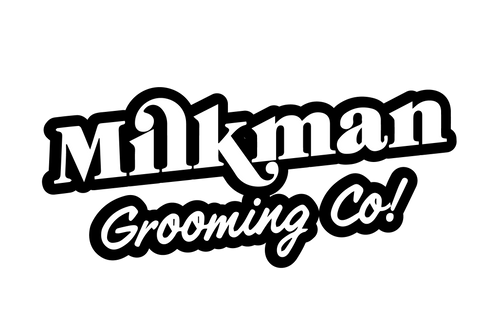
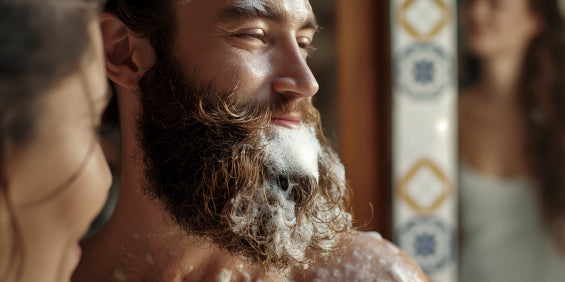
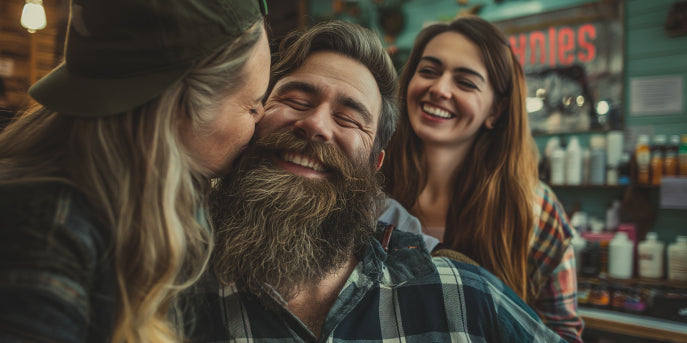


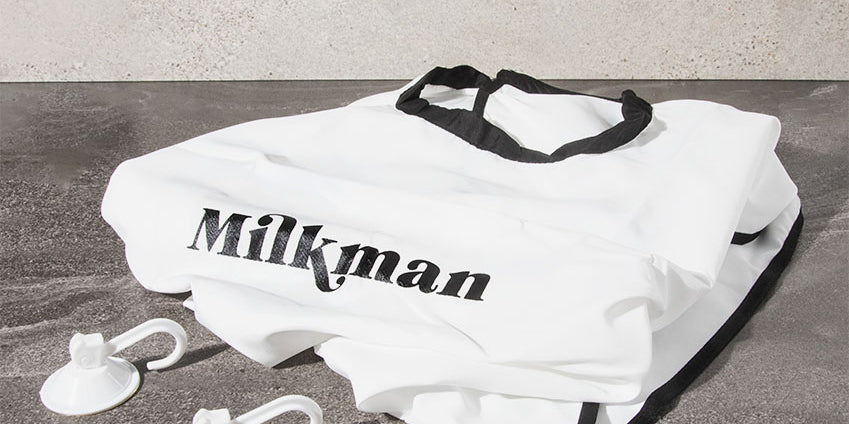

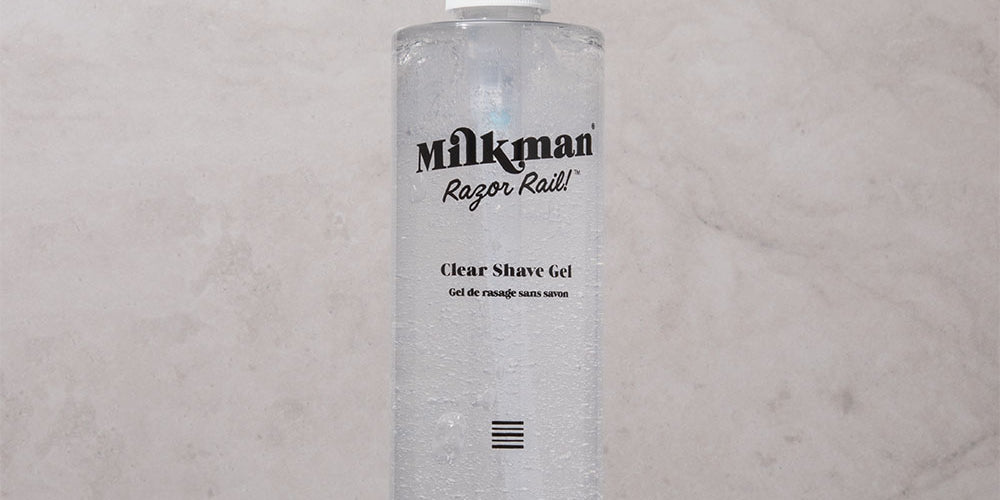
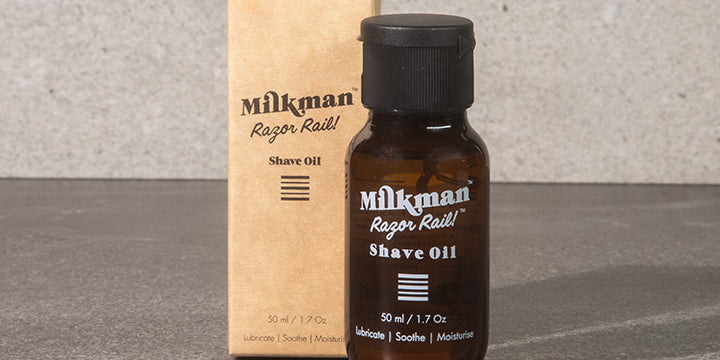
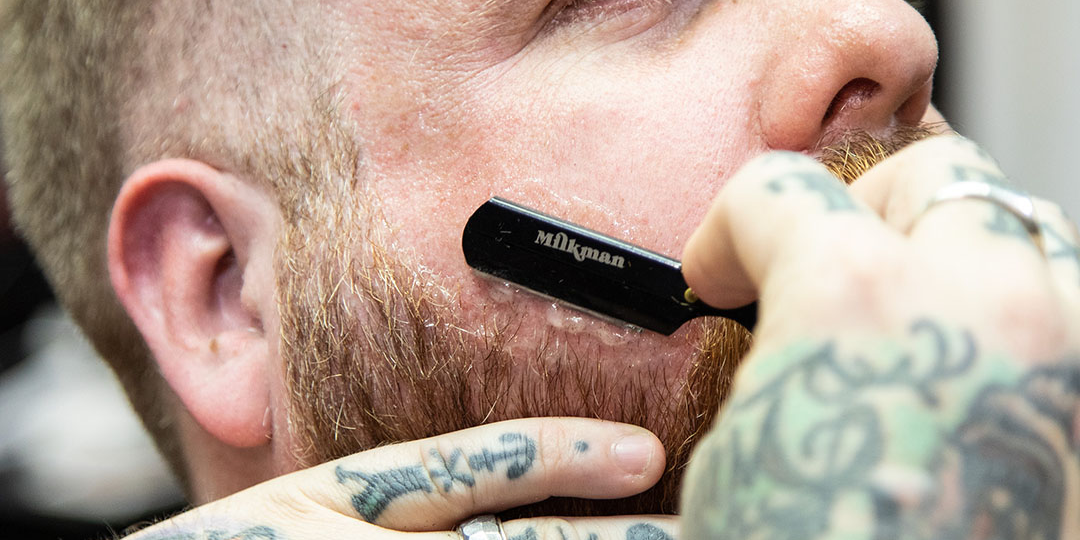
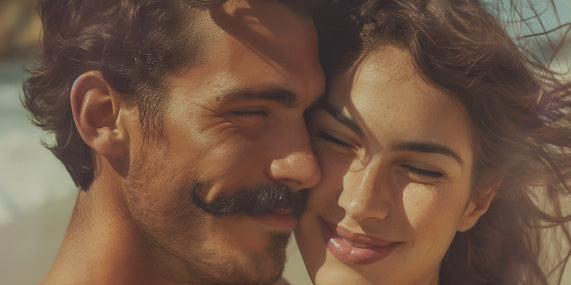
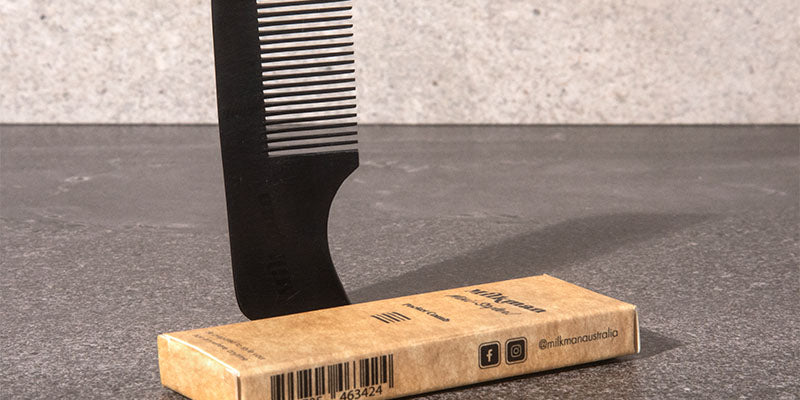
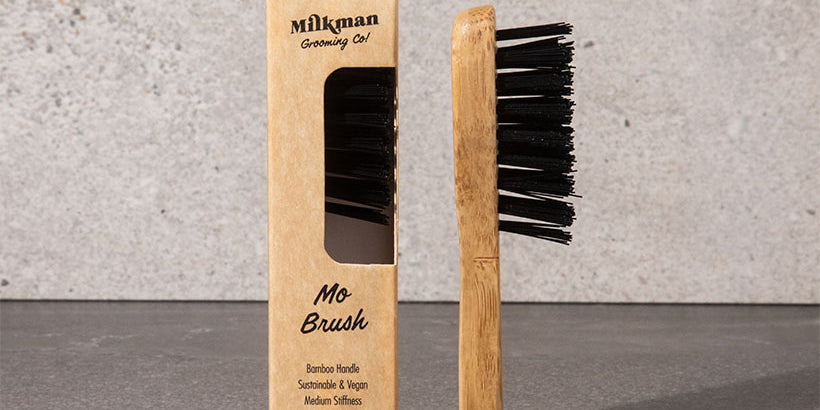
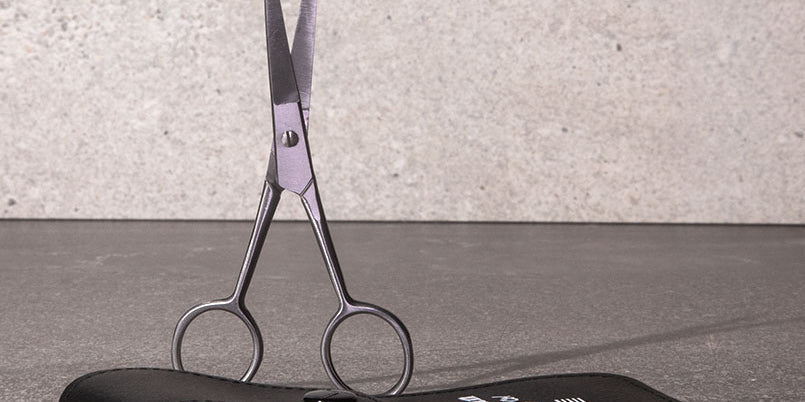
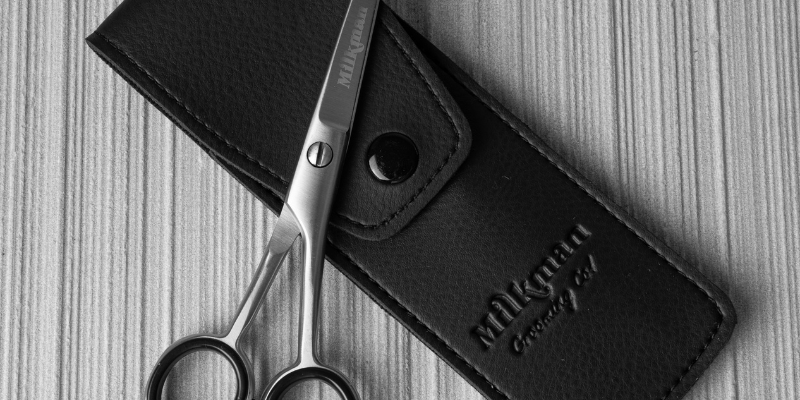
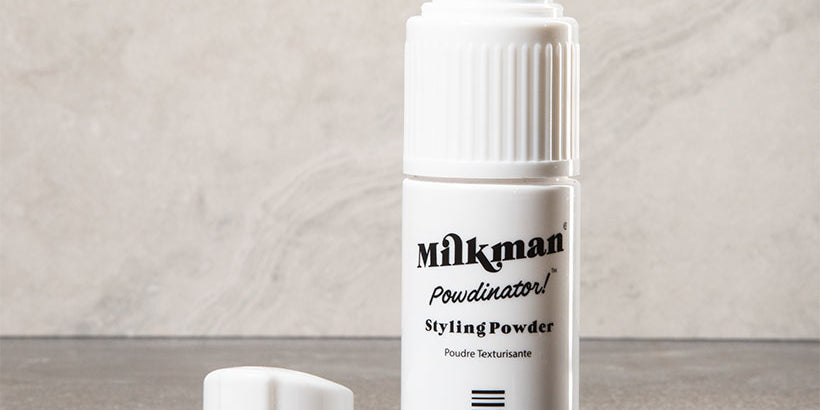
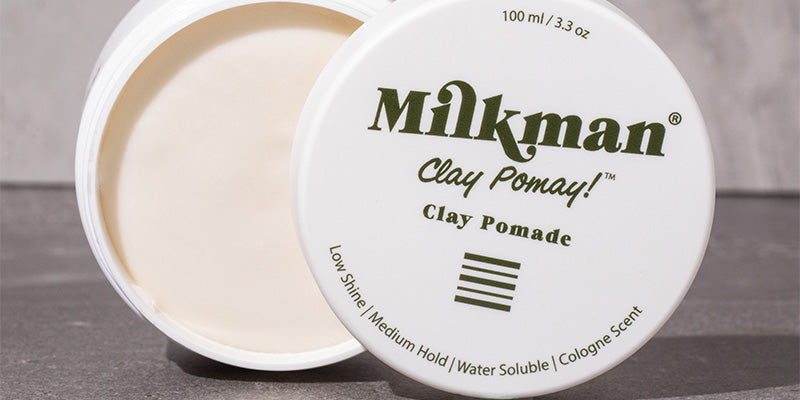
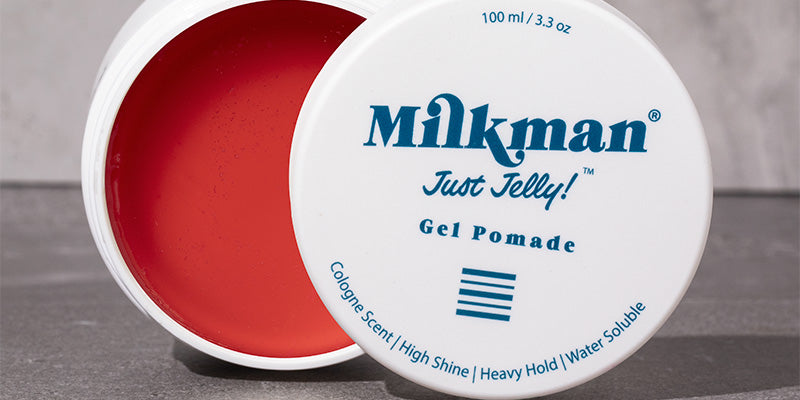
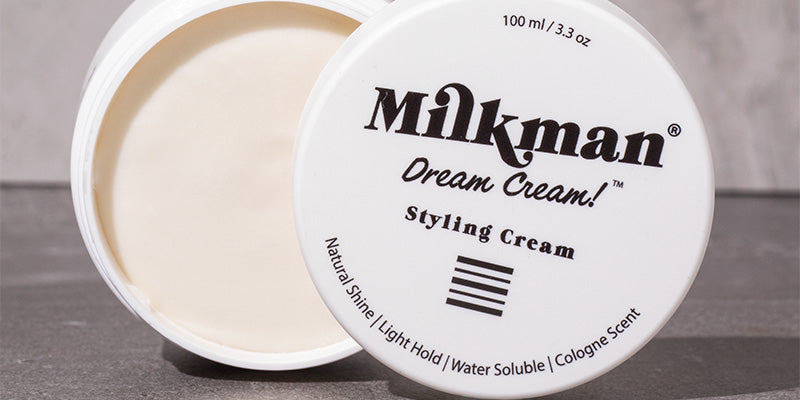
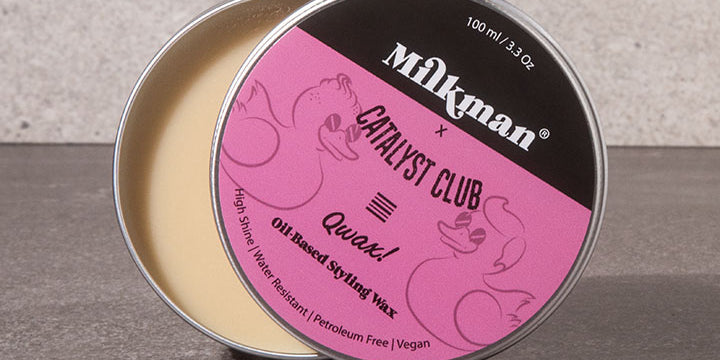

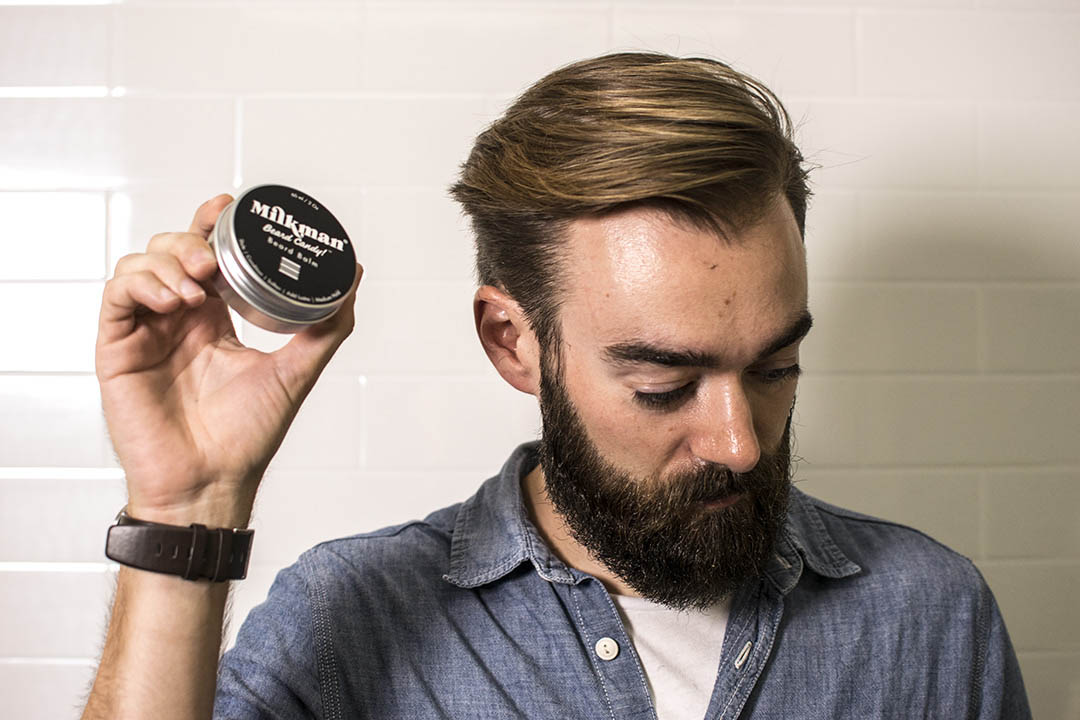
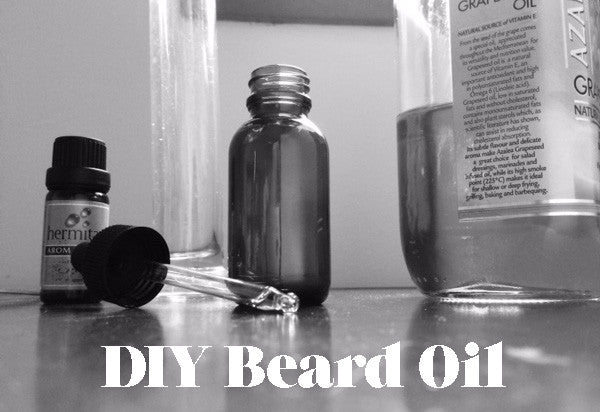
I just started growing my beard out, after having a very short beard for a few years. I’ve noticed that the grey hairs are much more I manageable than those that are not grey. I am using a heat brush, beard oil and balm. How can I tame these grey hairs?